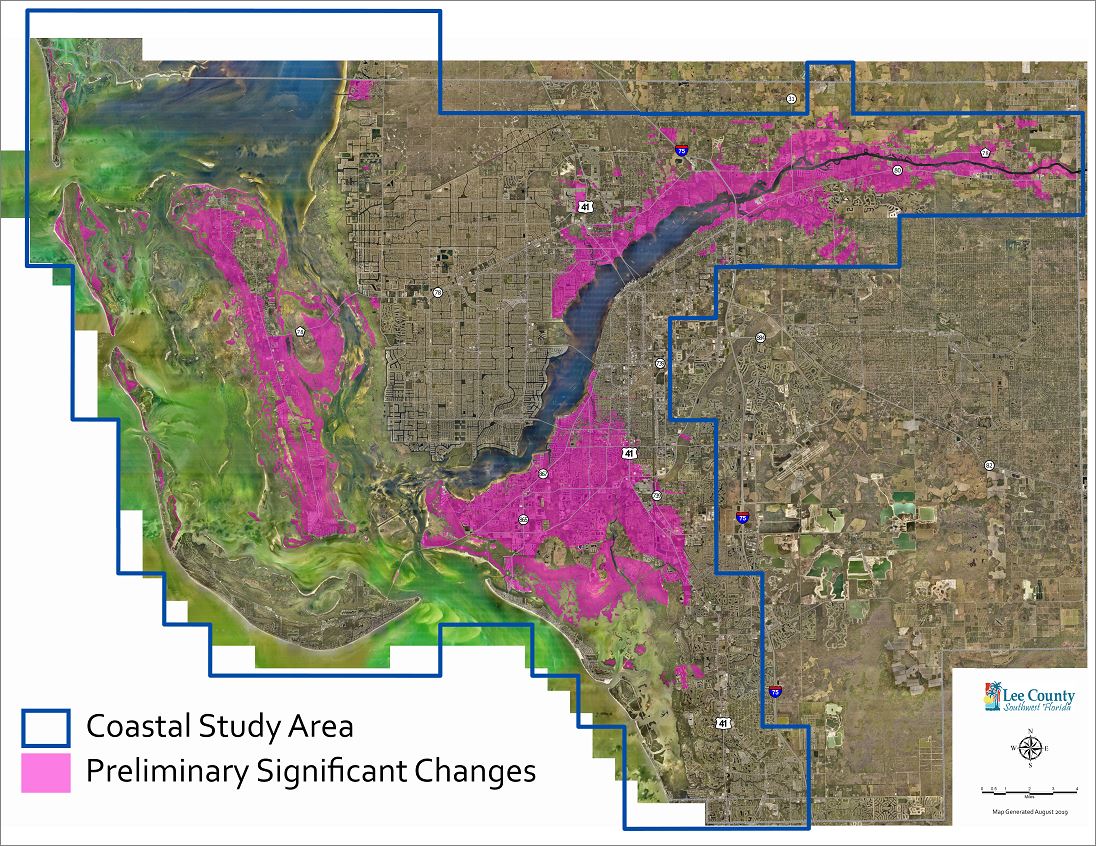

The average annual premium for an NFIP policy is about $700, which is less than the annual interest on most low-interest disaster loans.

So it is not enough for you to repair and re-build your home. The main form of federal assistance after a federally declared disaster is a loan that must be repaid with interest and the average award is about $5,000. This happens in less than 50 percent of flooding incidents. MYTH: Federal disaster assistance will pay for flood damage.įACT: Typically disaster assistance requires a Presential declaration. Commercial structures can be insured to a limit of $500,000 for the building and $500,000 for the contents. The limit for contents coverage on all residential buildings is $100,000, which is also available to renters. A maximum of $250,000 of building coverage is available for single-family residential buildings $250,000 per unit for multi-family residences. MYTH: Flood insurance is only available for homeowners.įACT: Flood insurance is available to protect homes, condominiums, apartments and non-residential buildings, including commercial structures. MYTH: Homeowner’s insurance policies cover flooding.įACT: Homeowner’s policies do not cover flooding. You are still eligible to purchase flood insurance provided your community participates in the NFIP and your policy remains the same, regardless of number of claims and cannot be cancelled for repeat losses.

MYTH: Flood insurance premiums increase if you have a claim.įACT: It doesn’t matter how many times your home, apartment or business has been flooded. MYTH: You can’t buy flood insurance if you are not located in a high-risk flood area.įACT: Any structure owner in an NFIP participating community can purchase flood insurance. Please review ALL sources of flood risk when deciding to purchase flood insurance. Accessory structures such as sheds, trailers, mechanical or electrical equipment that are not properly anchored could be washed away and carried downstream during heavy flooding causing further damage and destruction. Other sources of flooding in the community could include sinkholes, local drainage issues, undersized storm infrastructure, and pipes, inlets, and ditches that could clog during heavy rains. Remember, FEMA only studies and maps flood risks related to riverine flooding. That is because flooding can happen anywhere. On average, about 40% of NFIP flood insurance claims come from outside SFHAs. As a result, homeowners and businesses owners inside these areas are generally required by their lender to purchase flood insurance if they have a government-backed loan on the structure, but those outside this area are also encouraged to buy flood insurance. Areas in the SFHA have at least a one in four chance of flooding during a 30-year mortgage.


 0 kommentar(er)
0 kommentar(er)
